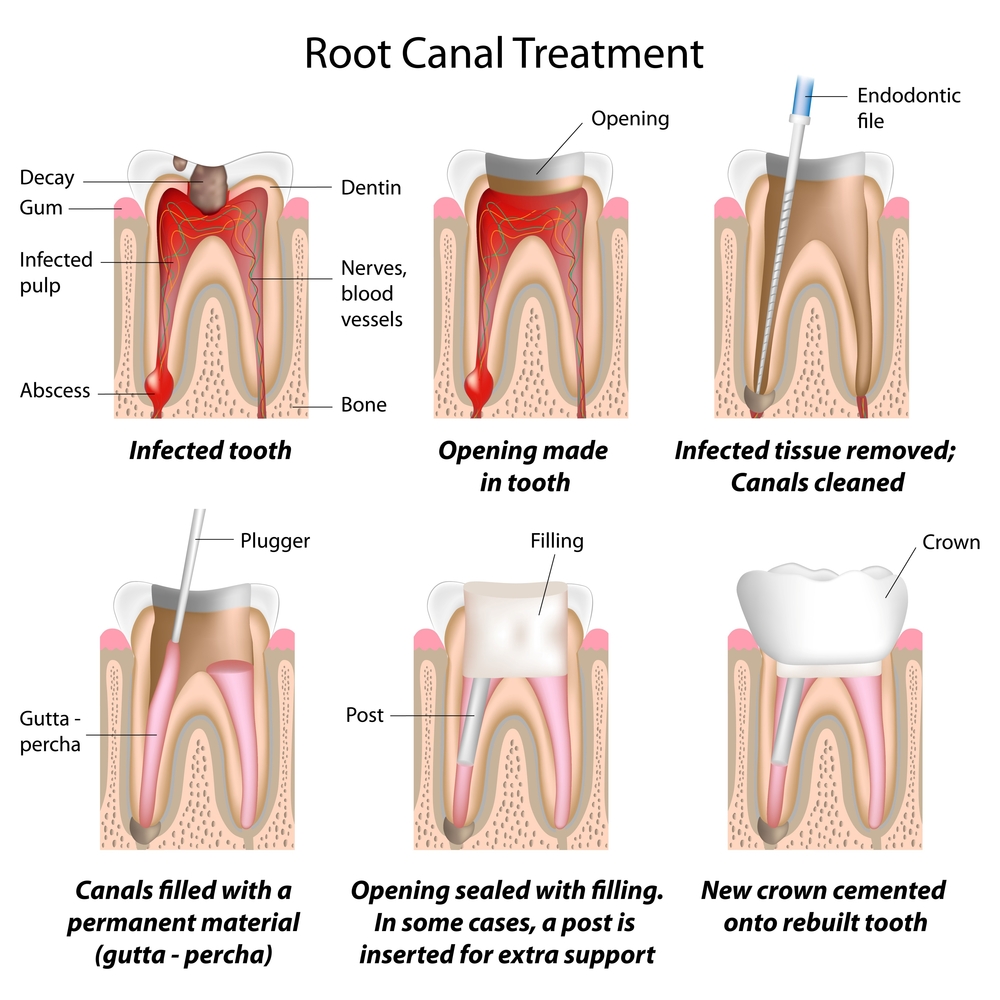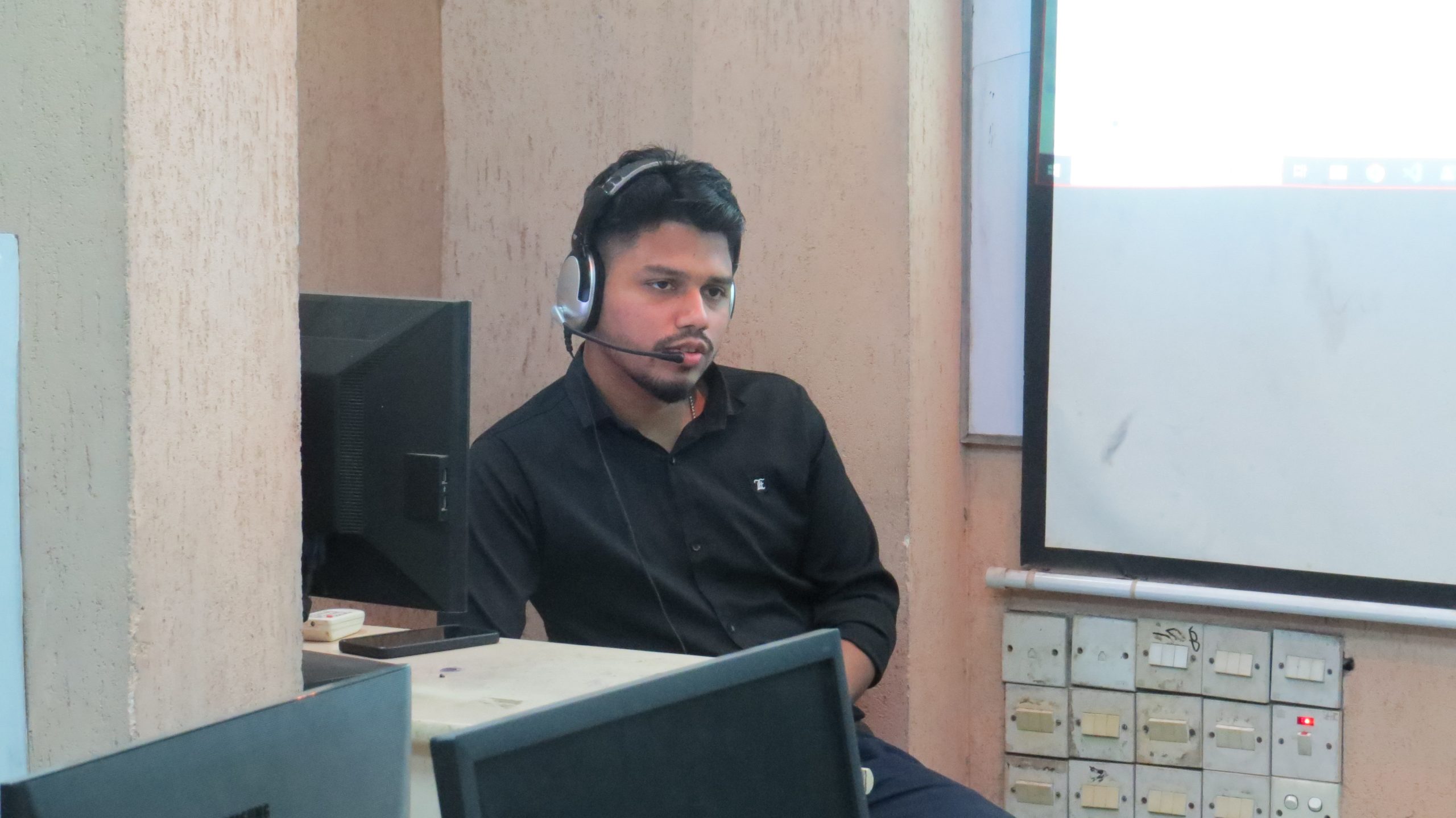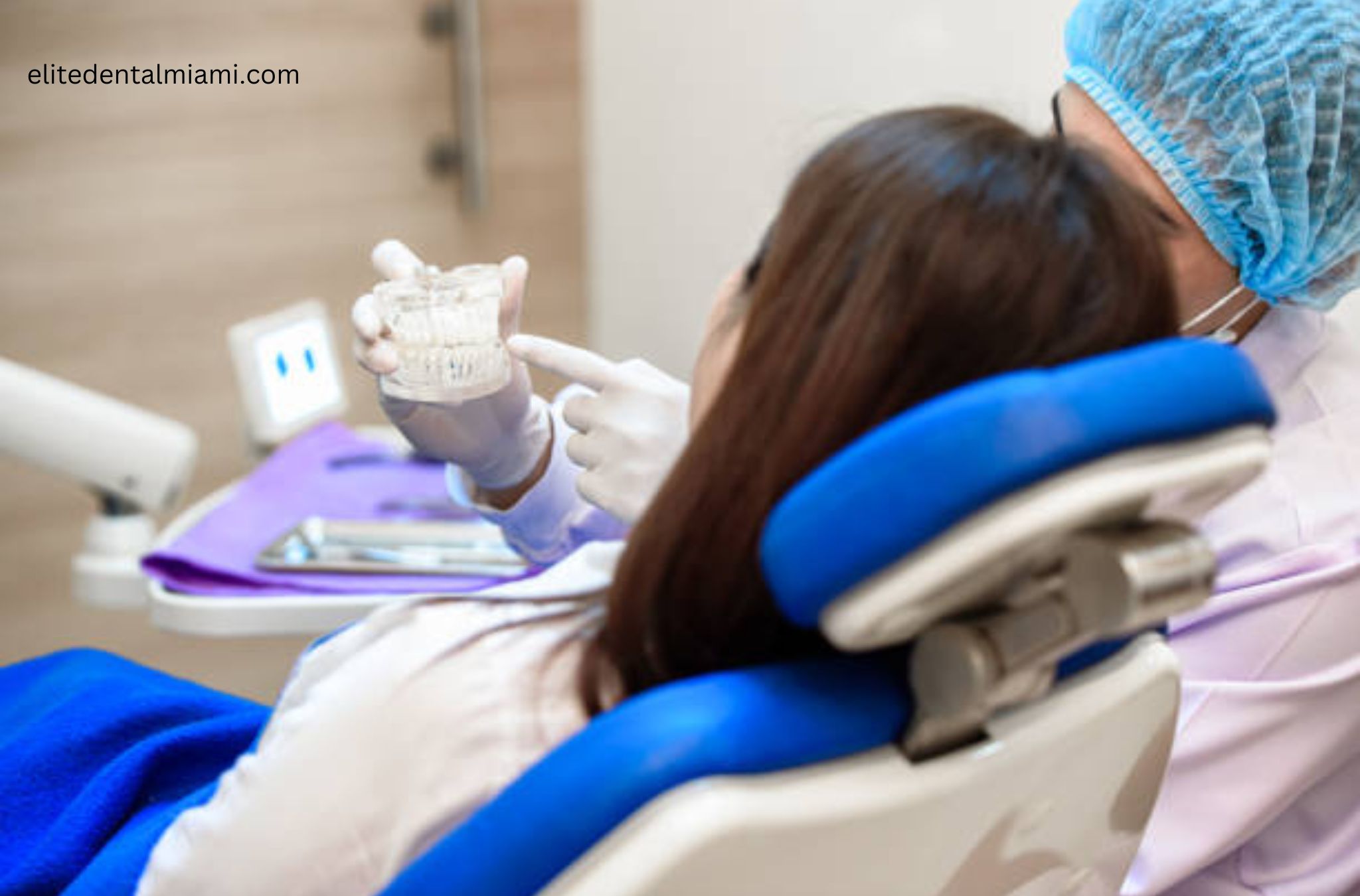Yes, can you drive after a root canal as long as you feel physically capable. A root canal procedure does not typically impair one’s ability to drive.
However, it’s important to consider your own comfort and any potential side effects before getting behind the wheel. Undergoing a root canal doesn’t automatically disqualify you from driving. Most people can drive after the procedure unless they experience significant discomfort or dizziness.
While it’s generally safe to drive after a root canal, it’s essential to pay attention to how your body reacts and consider any potential side effects before operating a vehicle. Take into account your own well-being and seek guidance from your dentist if you have any concerns about your ability to drive after a root canal.

Driving After A Root Canal
After a root canal procedure, it is generally safe to drive unless you feel light-headed. The decision to drive will depend on how your body reacts to the treatment.
After undergoing a root canal procedure, it’s natural to wonder if you can drive immediately afterward. The safety and comfort of yourself and those around you should always be a priority. While driving after a root canal is generally safe, it’s crucial to consider the effects of the procedure and evaluate your own ability to operate a vehicle. In this article, we will discuss the effects of a root canal procedure, determining your ability to drive, and recommendations for driving after a root canal.
Effects Of Root Canal Procedure
Following a root canal procedure, it’s common to experience minor discomfort and residual effects. Some patients may feel slightly dizzy, disoriented, or have difficulty focusing immediately after the procedure. It’s important to note that these effects may vary from person to person, depending on their body’s reaction to the treatment. To ensure your safety while driving, it’s crucial to assess how you feel post-procedure.
Determining Your Ability To Drive
Determining if you can drive after a root canal depends on your own body’s reaction to the treatment. It’s essential to listen to your body and assess whether you are experiencing any discomfort or dizziness that could affect your ability to drive safely. If you feel light-headed or have difficulty focusing, it’s better to wait until you are feeling better before getting behind the wheel. Remember, your well-being and the safety of others on the road are paramount.
Recommendations For Driving After A Root Canal
Considering the effects of a root canal procedure and determining your ability to drive, here are some recommendations for driving after a root canal:
- Wait for the effects to subside: Allow yourself sufficient time to recover from the procedure before driving. This may vary from person to person, so listen to your body and proceed accordingly.
- Have someone accompany you: If you are unsure about your ability to drive, it’s always a good idea to have someone accompany you on your journey. They can provide assistance and support if needed.
- Avoid driving if experiencing discomfort: If you still feel any discomfort, dizziness, or difficulty focusing, it’s best to avoid driving until you are feeling better. Remember, it’s important to prioritize your own well-being and the safety of others on the road.
- Consult with your dentist or endodontist: If you have any concerns or questions regarding driving after a root canal procedure, it’s recommended to consult with your dentist or endodontist. They can provide personalized advice based on your specific situation.
In conclusion, driving after a root canal is generally safe, but it’s crucial to consider the effects of the procedure and assess your own ability to operate a vehicle. Listen to your body, wait for any discomfort to subside, and prioritize your well-being and the safety of others on the road. If in doubt, consult with your dentist or endodontist for personalized advice.

Credit: auburnhillsfamilydentistry.com
Rest And Recovery After A Root Canal
Timeframe For Healing
After a root canal, the healing process typically takes one to two weeks to fully recover. However, certain cases may require a longer timeframe for complete healing. It is important to follow post-treatment care instructions provided by your endodontist or dentist to ensure a smooth and successful healing process.
Activities To Avoid
- Avoid chewing on hard foods or using the treated tooth for biting down heavily until you’ve been cleared by your endodontist or dentist.
- Avoid drinking extremely hot or cold liquids immediately after the root canal procedure.
- Avoid smoking, as it can interfere with the healing process and may lead to complications.
Returning To Work
Most individuals can return to work following a root canal treatment. However, it is common to experience numbness in the lips, teeth, cheek, and/or tongue for several hours after the procedure. If your occupation requires extensive speaking or interaction with the public, you may want to consider taking the rest of the day off to ensure a comfortable recovery process.
Taking Care Of Your Treated Tooth
After a root canal treatment, it’s important to be careful with your eating and drinking habits. Avoid chewing on hard foods or using the treated tooth for biting down heavily until you’ve been cleared by your endodontist or dentist. Hot or cold liquids should be avoided in the first hour to prevent any discomfort.
Smoking can interfere with the healing process of a root canal treatment and should be avoided. The chemicals in cigarettes can impede the body’s natural healing abilities and may lead to complications. Therefore, it’s best to refrain from smoking for a period of time post root canal treatment.
Following a root canal procedure, it’s crucial to adhere to the post-treatment instructions provided by your dentist. This may include taking any prescribed medications, maintaining good oral hygiene, and attending follow-up appointments. By following these instructions, you can ensure the success of the root canal treatment and the long-term health of your tooth.

Credit: www.shendds.com
Understanding The Root Canal Procedure
Before discussing whether you can drive after a root canal, it’s important to understand the procedure itself. A root canal is a dental treatment that aims to save an infected or damaged tooth instead of extracting it. During the procedure, the dentist or endodontist removes the pulp, which contains the nerves and blood vessels, from the inside of the tooth. The tooth is then cleaned, disinfected, filled, and sealed to prevent further infection. Understanding the root canal procedure can help you make informed decisions regarding post-treatment activities like driving.
Duration Of The Procedure
The duration of a root canal procedure can vary depending on the complexity of the case. Generally, a root canal can take anywhere from 90 minutes to 2 hours to complete, depending on the location and condition of the affected tooth. It’s essential to allow enough time for the dentist to perform the procedure accurately and effectively. Rushing out of the dental office after a root canal may increase the risk of complications and discomfort.
Effects Of Anesthesia
During a root canal, anesthesia is administered to numb the treated tooth and surrounding area. The local anesthesia ensures that you don’t experience any pain or discomfort during the procedure. However, it’s important to note that the effects of anesthesia can vary from person to person. Some individuals may experience dizziness, disorientation, or difficulty focusing after the procedure. Therefore, it’s crucial to assess your personal reaction to anesthesia before considering driving. If you feel light-headed or unable to focus, it’s best to wait until the effects subside before getting behind the wheel.
Common Complications
While root canals are generally safe and routine procedures, it’s important to be aware of potential complications that may arise. Some individuals may experience temporary swelling, pain, or discomfort after a root canal. In rare cases, an infection may not completely resolve, leading to persistent symptoms. If you develop any unusual or severe symptoms post-treatment, it’s essential to consult your dentist for further evaluation. It’s always better to err on the side of caution and prioritize your safety when considering activities like driving.
Safety Concerns And Precautions
Driving after a root canal procedure is a common concern for many patients. Ensuring your safety and the safety of others on the road is of utmost importance. It is essential to be aware of any potential side effects that may affect your ability to drive. This section will discuss the safety concerns and precautions to take when considering driving after a root canal.
Driving With Numbness Or Dizziness
One of the most common side effects of a root canal is numbness in the mouth and face. This numbness can occur due to the anesthesia used during the procedure. Driving with numbness can be dangerous as it may affect your ability to control the vehicle and react quickly to any unexpected situations on the road. It is recommended to wait until the numbness wears off completely before getting behind the wheel.
Dizziness is another possible side effect of a root canal, particularly if the procedure is complex or if there are complications. If you experience dizziness after a root canal, it is crucial to avoid driving until the dizziness subsides. Dizziness can impair your coordination and balance, making it unsafe to operate a vehicle.
Consulting With Your Dentist
Before making a decision about driving after a root canal, it is advisable to consult with your dentist. Your dentist will evaluate your specific case and provide personalized advice based on your condition and the complexity of the procedure. They may recommend waiting for a certain period of time or suggest alternative transportation options to ensure your safety.
Alternative Transportation Options
If your dentist advises against driving after a root canal, it is essential to explore alternative transportation options. These options may include:
- Asking a trusted family member or friend to drive you
- Utilizing public transportation, such as buses or trains
- Using ride-sharing services like Uber or Lyft
- Arranging for a taxi service
By opting for alternative transportation, you can ensure that you reach your desired destination safely without compromising your well-being or the safety of others on the road.
Frequently Asked Questions On Can You Drive After A Root Canal
What Can You Not Do After A Root Canal?
After a root canal, avoid chewing on hard foods or using the treated tooth for biting down heavily. Do not chew, drink hot or cold liquids, or smoke for the first hour. Smoking can interfere with the healing process and should be avoided.
How Long Should You Rest After A Root Canal?
After a root canal, rest for a week to two weeks for full healing. Avoid chewing hard foods, biting heavily, drinking hot/cold liquids, or smoking for the first hour. Driving is safe after the procedure, as long as you don’t feel lightheaded.
Do I Need To Take Off Work After A Root Canal?
After a root canal, most people can return to work, although they may experience numbness for several hours. If your job involves a lot of speaking or public interaction, consider taking the rest of the day off. Driving after a root canal is safe unless you feel light-headed.
How Long Does A Root Canal Procedure Take?
A root canal procedure typically takes about one to two weeks to fully heal, but it can sometimes take longer. It is safe to drive after a root canal, as long as you don’t feel light-headed or disoriented.
Conclusion
After a root canal procedure, it is important to prioritize your safety and well-being. While driving after a root canal is generally considered safe, it is crucial to assess your own body’s reaction to the treatment. If you experience dizziness, disorientation, or difficulty focusing, it is best to avoid getting behind the wheel.
Your comfort and ability to concentrate on the road should be the determining factors. Remember to prioritize your recovery and follow any post-treatment care instructions provided by your dentist or endodontist. Take care of yourself and prioritize your healing process.

I am a dentist and also blog regularly. my target audience is America Europe & providing regular information for them.
